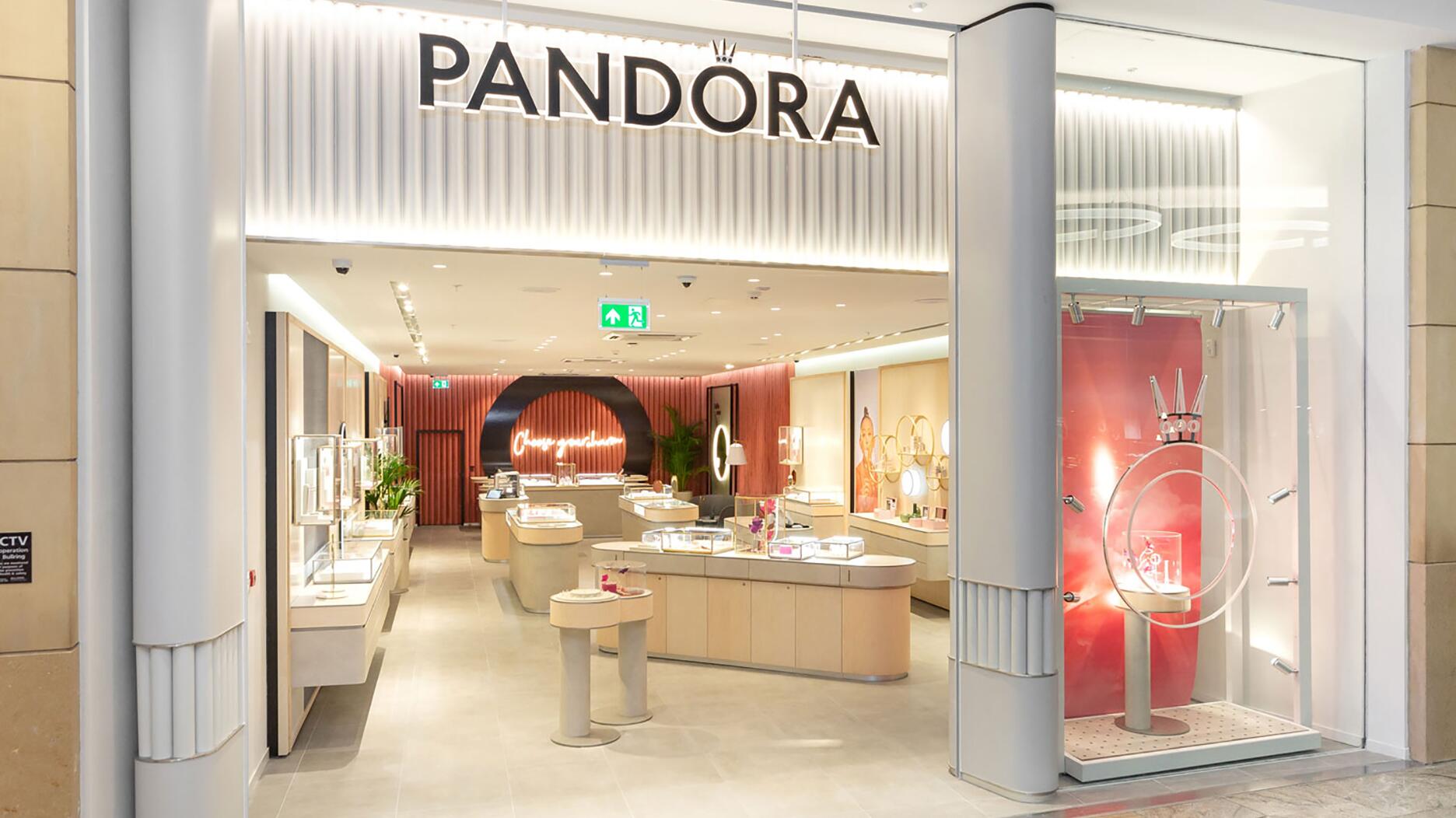
In a recent market analysis conducted by the financial markets website Insider Monkey, the world's leading luxury goods companies have been scrutinized for their market capitalization, revealing a surprising dominance of jewelrybusinesses within the top 25. Notably, Pandora leads jewelry industry, and five of these esteemed spots are occupied by jewelry companies.
Among the standout performers are retailers, not just wholesalers or product brands, with Chow Tai Fook Jewellers securing the 12th position and Signet Jewelers claiming the 24th spot. Equally impressive is Pandora, seizing the 13th position with a market capitalization of $13.3 billion, showcasing the brand's remarkable ascent in the international jewelry industry.
Pandora's unique businessmodel encompasses both business-to-consumer retail and business-to-consumer supply/wholesale, setting it apart from its competitors. The company's market presence and value affirm its status as the largest jewelry brand globally, surpassing even the most entrenched industry icons.
Adding to the list of jewelry and watch industry heavyweights are two watch companies - The Swatch Group and Rolex, solidifying the sector's strong representation in the upper echelons of luxury goods.
However, it's worth noting that while many companies in the top 25 have diversified into watches and jewelry, only Pandora, Swatch, Rolex, Chow Tai Fook, and Signet Jewelers have made it their core business.
One notable inclusion that raises eyebrows is EssilorLuxottica, a multinational corporation specializing in eyewear and eyecare. The company's presence in the luxury goods ranking sparks debate due to its focus on optometry and eye disease markets, challenging conventional notions of what constitutes a 'luxury' goods business.
The dynamic nature of the luxury goods market is evident in the rankings, with Rolex and Swatch Group securing the 19th and 13th positions, respectively. Swatch Group, with its impressive portfolio of 17 watch and jewelry brands, including Longines, Omega, and Breguet, showcases the diversity within the sector.
The analysis sheds light on the evolving landscape of luxury brands, with mergers and acquisitions playing a pivotal role. Tiffany & Co.'s acquisition by LVMH in a landmark $USD15.8 billion deal in 2021 exemplifies this trend, underscoring the rapid changes and fierce competition in the industry.
The perpetual debate over the 'largest' jewelry brand introduces an intriguing comparison between Pandora and Tiffany & Co. While Tiffany boasts a rich history datingback to 1837, Pandora's meteoric rise challenges traditional notions of size and significance.
The revenue-centric definition of the 'largest' brand favors Tiffany & Co., yet other factors complicate the assessment. Pandora's expansive retail footprint and widespread consumer base, driven by its accessible price points, challenge Tiffany & Co.'s dominance in other metrics.
As the luxury goods landscape evolves, Pandora's story stands out as a testament to its founders' vision and perseverance. Founded in 1979 in Copenhagen, Pandora's journey from a small manufacturing facility in Bangkok to global prominence exemplifies the transformative power of innovation and strategic business decisions.
In contrast, the storied history of Rolex, founded in 1905, and the Swatch Group's rise from the ashes of the QuartzCrisis in the 1980s add rich layers to the narrative of the international jewelry industry.
The jewelry sector has witnessed two phenomena - the Swatch watch in the 1980s and Pandora in the 2000s - each leaving an indelible mark on the industry. The question remains: who or what will be the next Pandora?
Final Words
Pandora has solidified its position as the leading jewelry brand globally, claiming the 13th spot in the world's top 25 luxury goods companies with a market capitalization of $13.3 billion. The analysis underscores Pandora's unique business model and rapid ascent, making it the undisputed industry leader.